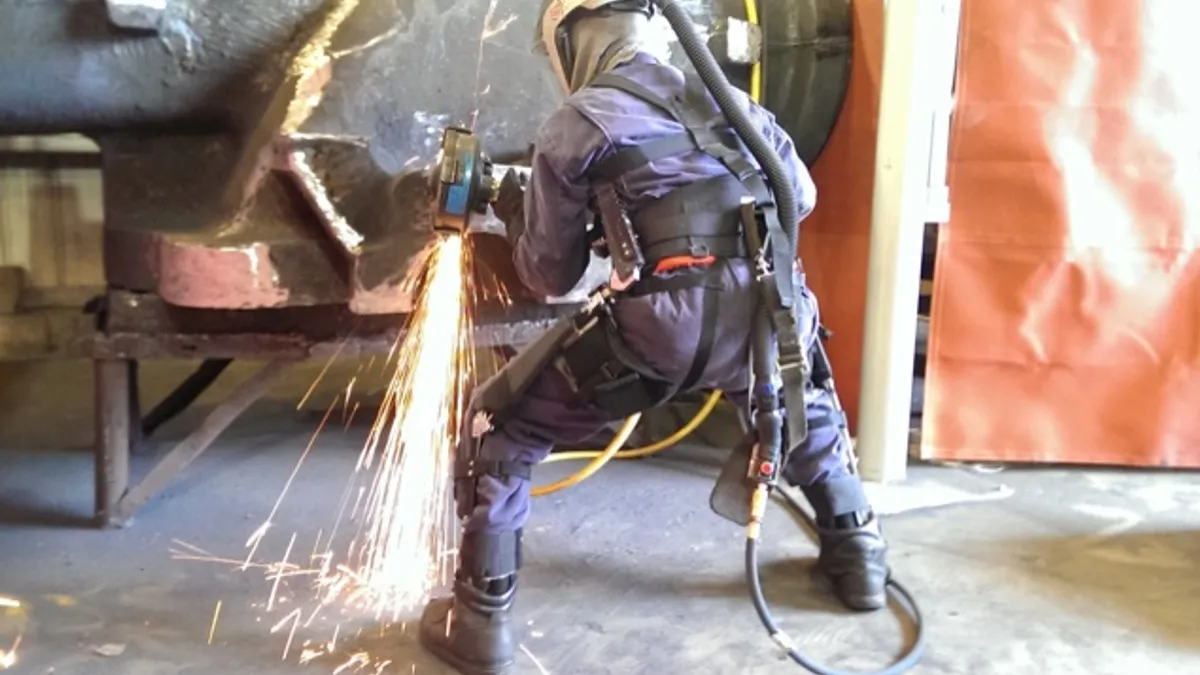Dive Brief:
-
The exoskeleton industry hasn't taken off, according to Forbes contributor Borislav Marinov, because there are no common standards for the use of the wearable technology that augments workers' physical abilities.
-
With no guidelines, common terminology or testing methodology, users are left to develop their own best practices and evaluation procedures. The disconnect, Marinov wrote, is preventing the gathering of test results, which, in turn, has hindered the development of industrial exoskeleton applications.
-
There are a smattering of standards from organizations like ASTM International and the International Organization for Standards, but they fall short of the comprehensive rules that are needed to give potential users a firm grasp of exoskeleton use.
Dive Insight:
Construction work, with all of its reaching and lifting, can take a toll on the body, and some in the industry are looking to exoskeletons to relieve some of that burden on workers.
Morrison Utility Services, based in the United Kingdom, has been conducting tests of exoskeletons as part of a pilot program that intends to determine how helpful they are to workers in construction and similar industries. The company's use of the EksoVest, a spring-loaded exoskeleton that helps elevate and support workers' arms as they lift materials and equipment, has resulted in such benefits as a reduction in fatigue and strain-related injuries, as well the ability for the wearer to work for longer periods of time and make more progress without over-stressing their bodies.
The manufacturer of the EksoVest, Ekso Bionics, based in Richmond, California, also produces the EksoZeroG, which counteracts the weight of heavy equipment and tools and is mounted to scaffolds or aerial work platforms.
But Ekso isn't the only developer in this space. In fact, earlier this year, Sarcos Robotics announced that its Guardian XO Max exoskeleton allows wearers to easily lift and handle objects as heavy as 200 pounds. The user bears the weight of only five pounds for every 100 pounds of load. The full-body, all-electric, battery-powered system can run eight hours before it needs a new battery.
Exoskeletons are one way that the construction industry could combat worker shortages in the future. While wearing these suits, workers like the ones at Morrison can be more productive and work longer. These suits could also help older, more experienced workers that are retiring from the industry stay on the job for a few more years.













